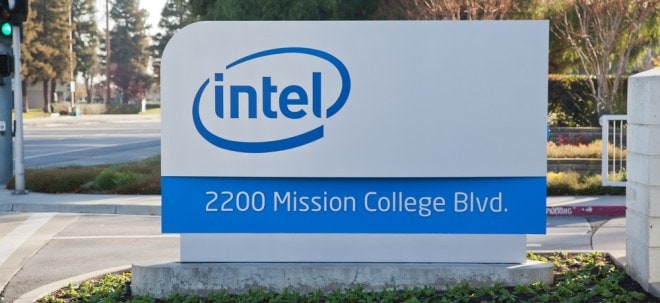Daher könnten dieses Jahr weitere Zinssenkungen in USA zurückgestellt werden.
Tony Crescenzi Blog
No More Fed? So What?
By Tony Crescenzi
Street.com Contributor
10/31/2007 3:36 PM EDT
The Federal Reserve is always cognizant of inflation when it formulates its policy decisions; it is the Fed's mandate, after all. It could be said, however, that by referring in today's policy statement to headline inflation pressures, the Fed reintroduced inflation as a factor in the formulation of monetary policy, reducing the odds of additional interest rate cuts.
This should not be a problem for the financial markets, which would gladly trade interest-rate cuts for signs of continued economic growth, as was the case from Sept. 18 through the middle of October when equities rallied and credit conditions improved despite declines in rate-cut odds.
Signs of intensification of the weakness occurring in housing caused a hiccup in markets recently, particularly in the equity market. Investors would rather see economic growth and continued vigilance on inflation than signs of weaker growth and increased inflation risks stemming from overly lax monetary policy.
Another key element on the rate cut and statement is that the cut will boost certainties about the economic and financial situation, a better condition for the dollar than if the Fed did nothing and uncertainties increased.
The most important and least expected element of the Fed's policy statement was the statement on inflation:
"Readings on core inflation have improved modestly this year, but recent increases in energy and commodity prices, among other factors, may put renewed upward pressure on inflation. In this context, the Committee judges that some inflation risks remain, and it will continue to monitor inflation developments carefully."
The reference to energy and commodity prices was a first for this year and stands in stark contrast to the Sept. 18 FOMC statement when the Fed characterized the inflation situation as follows:
"Readings on core inflation have improved modestly this year. However, the Committee judges that some inflation risks remain, and it will continue to monitor inflation developments carefully."
The reference to headline inflation pressures, occurring on a day when the price of crude oil is soaring to record heights, has to be seen as reducing the chances of additional rate cuts. Whether to focus on headline or core inflation has been a key debate in central bank circles recently, with the European Central Bank siding with focusing on headline inflation more than the Fed has.
In a way, with today's statement, the Fed caught up a bit with the ECB, and this could help the U.S. dollar, all else equal. The Fed, like the ECB, is finding it increasingly difficult to focus on core inflation because, as Alan Greenspan said on Oct. 15, "The notion of looking at a core price requires that energy and food have no long-term trend and that their fluctuations are essentially random," a notion that is "now becoming and increasingly questioned premise."
Other elements of the policy statement were consistent thematically with what was expected. For example, the Fed said "strains in financial markets have eased somewhat on balance," something that could easily be surmised by the many credit indicators available.
The Fed also included a balance-of-risk statement, something it did not do in September, but there was no message to be garnered from the balance-of-risk statement, which put risks as equal between upside risks to inflation and downside risks to growth.
Hoenig Dissents
There was a dissent in the meeting by Kansas City Fed President Hoenig, who has a history of being characterized as a hawk, having dissented in May 2001 in favor of a 25-basis-point cut instead of the 50-basis-point cut implemented. The dissent fits with the overall tone of the statement, particularly the inclusion of concern about headline inflation, which was almost certainly made as a concession to the hawks.
It also makes sense in the context of improved financial conditions, which is allowing Fed members to break from their appearance of unanimity. Other Fed members seeking an end to Fed rate cuts probably justified their vote by characterizing the cut as insurance against the potential for adverse effects from the recent tightening of credit conditions.
What the Fed does next depends on upcoming news, beginning almost immediately on Friday with the October employment report. If growth appears to be on course, no rate cut should be expected in December. But as I said, the markets will gladly trade rate cuts for signs that the economy was skirting recession. |


 Thread abonnieren
Thread abonnieren


